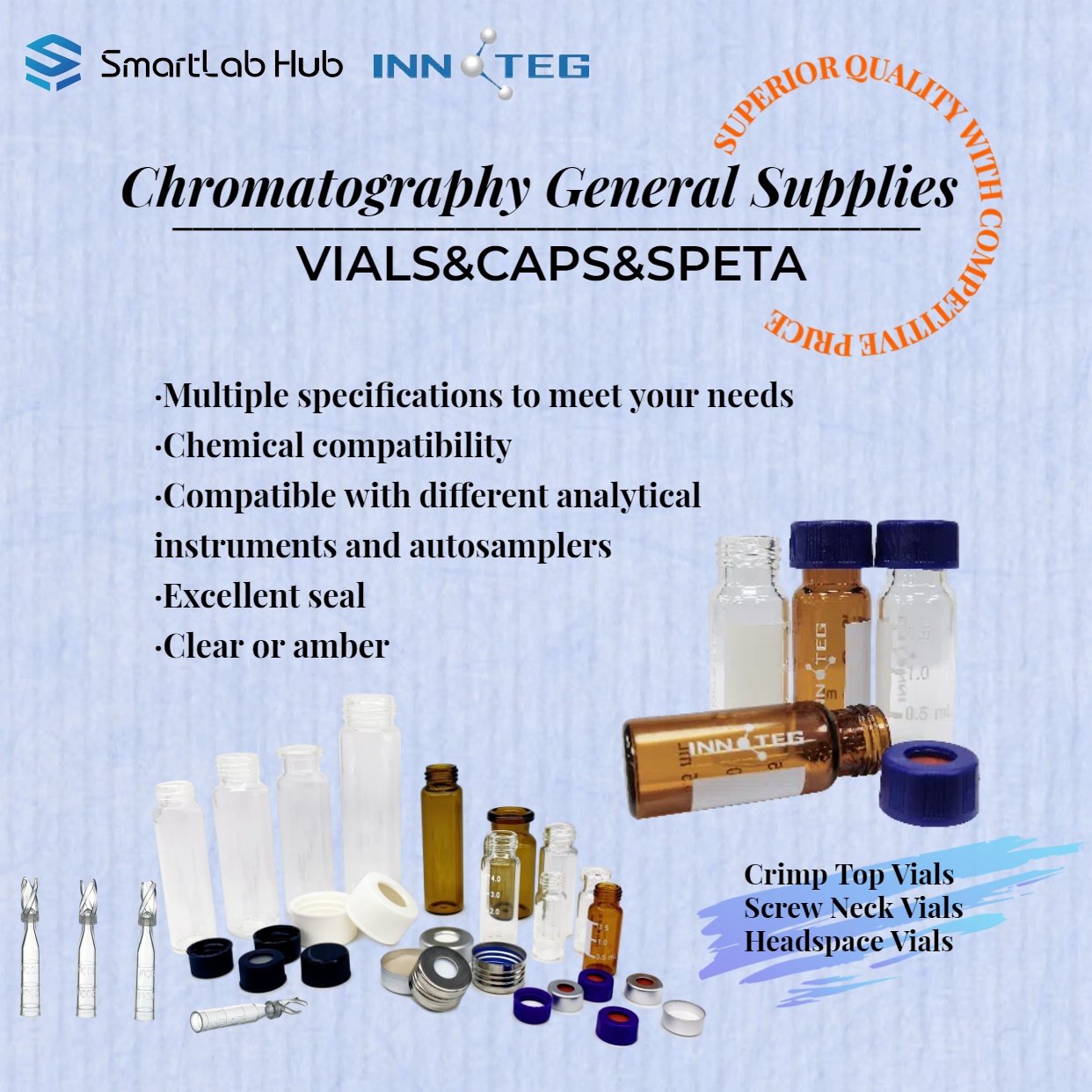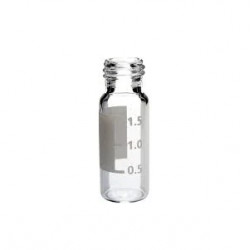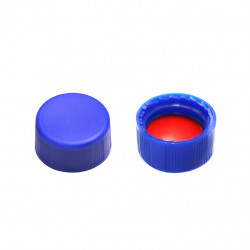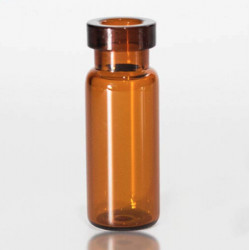
We tend to think that the sample bottles(Vials) are simple, inexpensive parts that do not affect the analysis results. INNOTEG Tell you: actually this is wrong!!
Unqualified sample bottles(Vials), caps, and cushions can cause sample loss, contamination, and damage to the autosampler needle.
INNOTEG Vials

INNOTEG knows the importance of vials for analysis work, so INNOTEG Vials are strict quality control and production.
Here's a guide to selecting INNOTEG Vials, caps, and pads!
INNOTEG Vials selection guide
01 The suitability of the vials and the auto-sampler

02 Vials Adaptability
When selecting vials, the compatibility of analyte and solvent should also be considered. The common sample characteristics and the corresponding vials are as follows:
For light-sensitive samples, use a brown glass vials;
A strong polarity sample, easy to be adsorbed by glass, the use of live vials;
For samples with low sample volume, use lining tubes or highly recycled vials in conventional vials;
Ion analysis, not suitable for glass vials, use polypropylene vials.
03 Selection of the vials’ material
Linear expansion coefficient refers to the change of temperature and the glass length. In short, the ability of the glass to withstand dramatic temperature changes. The lower the linear expansion coefficient, the greater the temperature change that the glass can withstand.
The classification of laboratory glass is developed by USP (USP) based on its water resistance.
1. USP Type1, Grade A 33 borosilicate glass is the most chemical inert glass and is widely used in the laboratory, especially for chromatographic applications. Grade I glass is mainly composed of silicon and oxygen, and contains trace amounts of boron and sodium. It has the lowest dissolution ability and a linear expansion coefficient of 33;
2. USP Type1, grade B 51 silicate glass is mainly composed of silicon and oxygen, and contains trace amounts of boron, sodium and alkali metal more abundant than grade A glass, but it can still be used for laboratory purposes. The linear shadow expansion coefficient is 51;
3. Silanized or activated glass is a silicate glass on the glass surface. The glass surface has strong hydrophobic and inert, which is suitable for PH sensitive compounds, trace analysis and long-term sample storage;
4. USP TypesⅡ, and NP sodium calcium glass, chemical tolerance is not as good as silicate broken glass;
5. Polypropylene (PP) is a hard material that can be processed into a variety of colors and has good chemical tolerance, suitable for short-term storage of chemicals, and is one of the best options for biological applications and applications involving high metal content samples, such as ion chromatography, AA or ICP.
INNOTEG’s guide for bottle cap and cushion selection
01 Compatibility of the pads and samples
Ensure that the selected pads are compatible with sample and solvent chemistry.
Chemical compatibility may change with factors such as solvent concentration, molecular weight, and temperature. During manufacturing, the pad underwent thermal activation and chemical activation to reduce siloxane loss, and siloxane loss may occur when the pad material is compressed during heating, solvent interaction, or needle puncture of the auto-sampler.

02 Compatibility of bottle cap and partition pad

For more details,please email:[email protected]
03 injection bottle cap selection
1. The sealing way
1. Thread port: Usually suitable for LC and LcMS applications, providing a low evaporation, reusable, less opponent damage to the jaw lid, without additional tools. Thread cap vials are distinguished by different thread specifications defined by the Glass Packaging Association (GP). For example, 8-425, the thread diameter of the vial mouth is about 8mm and the thread type is 425. Threaded mouth vial cap has both open cover designed for automatic injection and solid cover designed for sample storage;
2. pliers: need aluminum cover to seal, when correctly clamped, can provide the best seal for long storage. The jaw cap vials are most suitable for GC and GCMS applications. Because the jaw cap can not be reused, it provides higher safety for food, forensic medicine and other applications that are expected to avoid sample fraud. If volatile compounds are analyzed, it is recommended to use jaw cap vials;
3. Bayonet: the sealing effect is not as good as the other two sealing methods, the cap vial cannot be pressurized, and the plastic cap can be covered without any tools.
2. Pre-adhesive cover pad
Using an adhesive-free bonding process, bond the gasket and the lid together. The contact reagent of PRE has good chemical properties, acid resistance, alkali resistance, temperature resistance and viscosity resistance, not even in contact with concentrated acid, concentrated alkali or strong oxidant at high temperature, and the elasticity of silicone rubber can guarantee the sealing performance during the transportation, even if the injection needle is thick and blunt, the gasket is not cut into the vial.
For more details, Email:[email protected]
Click here to purchase!




2 Comment(s)
1
1
1
1
1
Leave a Comment